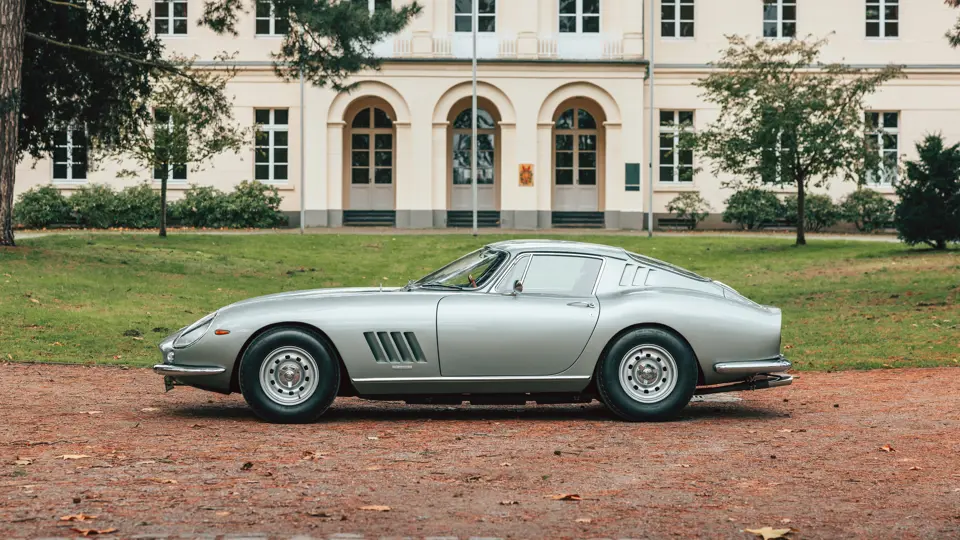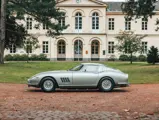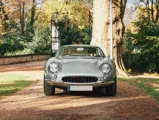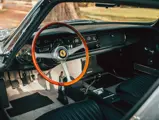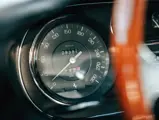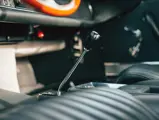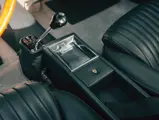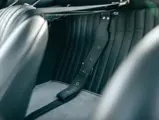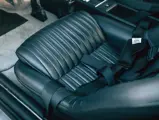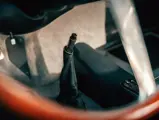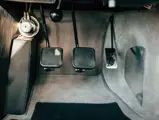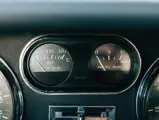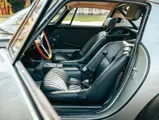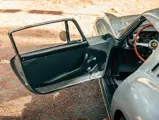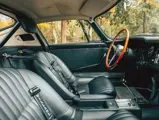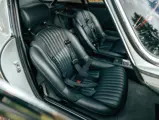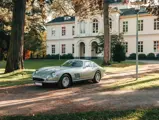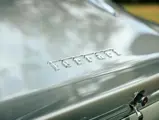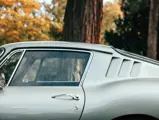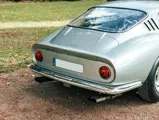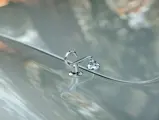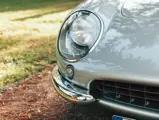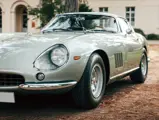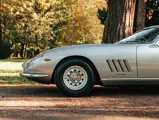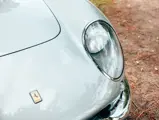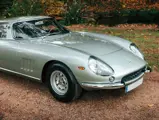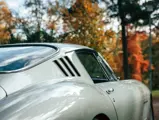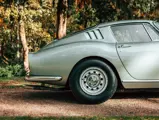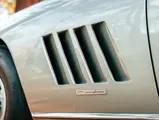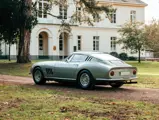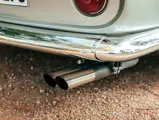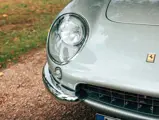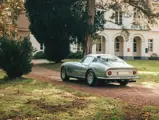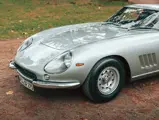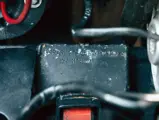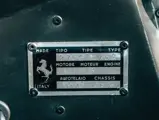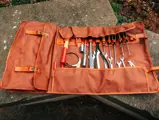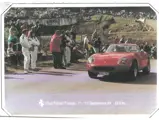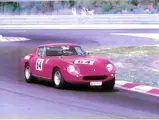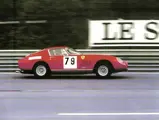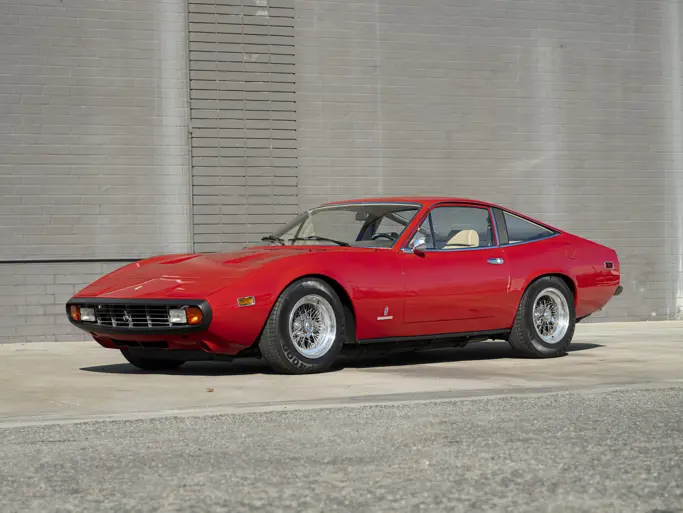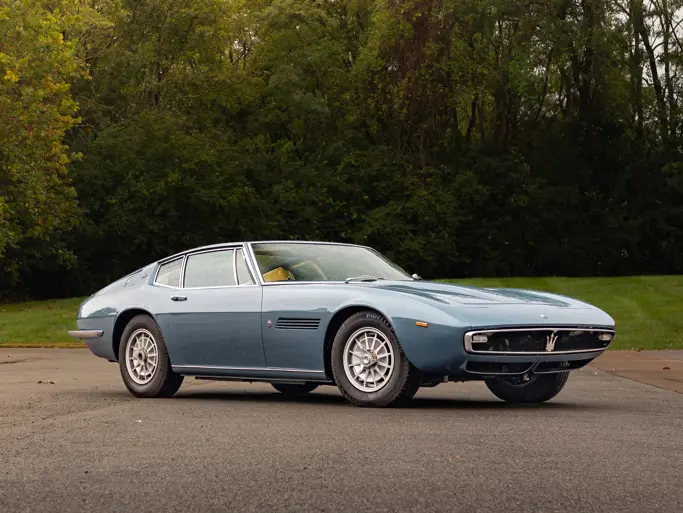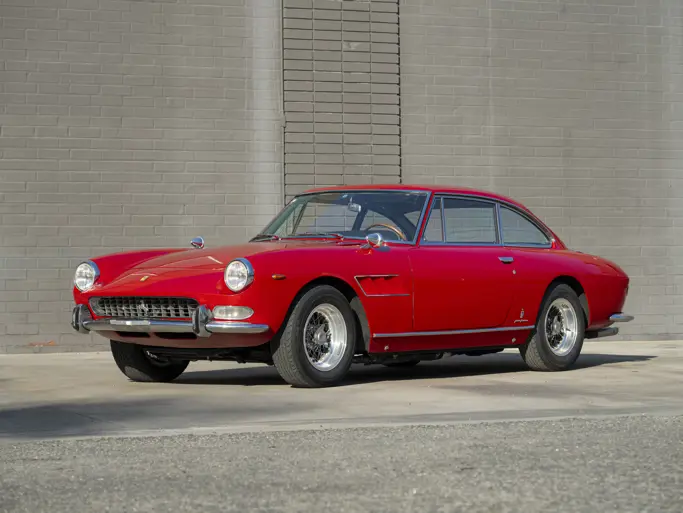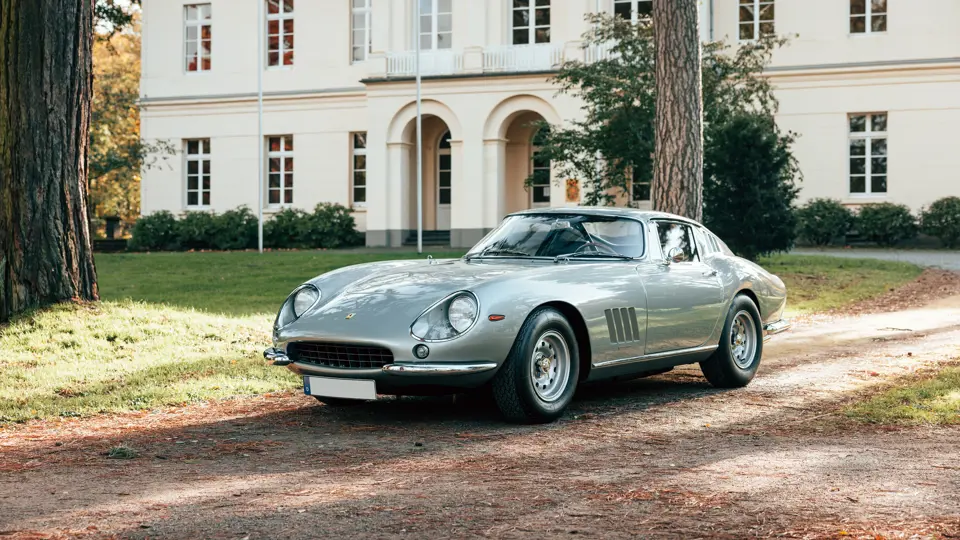
1966 Ferrari 275 GTB/6C Alloy by Scaglietti
{{lr.item.text}}
€3,211,250 EUR | Sold
{{bidding.lot.reserveStatusFormatted}}
- A rare alloy-bodied long-nose example factory fitted with six Weber DCN9 carburettors
- Finished in Grigio over Pelle Grigia; first specified in Celeste Chiaro over Blu
- Retains its matching-numbers 3.3-litre V-12 engine
- Awarded Ferrari Classiche “Red Book” certification in 2006
- Offered from 18 years of same-family ownership
- Rare version aluminium "nez long" équipée d'origine de six carburateurs Weber DCN9
- Couleur "Grigio" et intérieur "Pelle Grigia" ; à l'origine, "Celeste Chiaro" et intérieur "Blu"
- Moteur V12 de 3,3 litres d'origine (numéros concordants)
- Certification Ferrari Classiche “Red Book” en 2006
- Entre les mains de la même famille depuis 18 ans
When the curtain fell at the 1964 Paris Motor Show, all eyes were drawn to the latest machine to emerge from the workshops of Maranello. Long, lithe, and with barely a straight edge to be seen, the Pininfarina-designed 275 GTB was a sculpted masterpiece that bridged the gap between engineering and art. As the latest evolution of Ferrari’s 250-series, the 275 GTB was a direct replacement for the 250 GT/L Berlinetta Lusso, and while not all ranked the Scaglietti-built newcomer the aesthetic equal of its predecessor, the new gran turismo was undeniably superior in almost every other regard.
Gone was the 3.0-litre Colombo V-12, replaced with an enlarged 3.3-litre version boasting a lower overall height that significantly improved centre of gravity. A rear-mounted five-speed transaxle contributed to near-perfect 49/51 weight distribution, while four-wheel independent suspension ensured the new car was one of the best-handling roadgoing Ferraris to ever leave Maranello. It was also one of the quickest, with an eye-opening 0-100 km/h sprint time of just over six seconds and a top speed in excess of 257 km/h.
As time went on the recipe was further tweaked, with “long-nose” bodywork that improved stability at speed introduced in mid-1965, while in early 1966 a torque tube was added to beef up the drivetrain. Those seeking even greater performance could specify their car with six Weber carburettors in place of the standard triple Weber arrangement, while a truly dedicated few also opted for competition-derived aluminium coachwork in place of the standard steel.
This example, chassis 08259, is one of only a handful of 275 GTBs built to top-of-the-range 6C Alloy Berlinetta specification and was completed on 7 February 1966 prior to being delivered to Garage Imperia Martigny in Lausanne, Switzerland. The car was beautifully configured in Celeste Chiaro over a Blu interior with matching carpets, and was first owned by a Mr. Bacic. By August 1966 the Ferrari had been sold to Klus Garage in Zurich, and by 1968 it passed to René Herzog via a Mr. Nussbaum. By May of the following year the car had covered almost 35,000 kilometres, and had returned to Maranello for servicing no fewer than five times.
In 1970 the Ferrari passed briefly through the hands of concert promoter, Hans-Rudolf Jaggi, during which it was refinished in matte black with gold wheels. Its next owner, Roland Kunz, had more conservative tastes, and repainted the Ferrari in red. The 275 GTB/6C was then owned consecutively by Roland Zanotelli, Haute Performance SA, and Carl W. Hirschmann, before being sold to Swiss-based Dutch car dealer Robert de la Rive Box, and in 1977 it found a home in the Netherlands with Maarten Rosman. Rosman sold it to a KLM pilot in 1982, and four years later the car entered the long-term care of Belgian enthusiast, Maurice Harlaux. Having acquired the 275 GTB/6C at the height of the market, Harlaux kept the Ferrari for a number of years, during which it was frequently displayed at marque gatherings throughout Europe. A regular attendee at the Spa Classic Days, it was also campaigned at the Nürburgring Oldtimer Grand Prix, the Liege-Rome-Liege Rally, and the Tour Auto. In 2004, the car had been exported to the UK and was registered in the name of Gregor Fisken, and by the following year it had found a home with a Belgian enthusiast based in Bilzen.
By 2006, the Ferrari found a new owner, having recently undergone restoration work. The alloy body had been restored and was refinished in Grigio by Carrozzeria Auto Sport in Bastiglia, near Modena, while a mechanical overhaul was carried out in Belgium by Gipimotor, during which the original gearbox was replaced with a unit of the correct type; a full complement of restoration photographs is available to view on file. In December 2006 the car was awarded Ferrari Classiche certification and was issued its “Red Book”, confirming that it retains its matching-numbers engine. This special and incredibly rare alloy-bodied, six-carburettor Ferrari 275 GTB would remain in the care of its then-owner until 2022.
Today, this significant machine presents in fantastic condition, with its Ferrari Classiche-standard restoration having been beautifully maintained. The car is accompanied by numerous invoices for ongoing maintenance dating from 1985, a report by marque expert Marcel Massini, an operating manual, parts catalogue, assorted spares, and a tool roll.
Quand les portes du Salon de Paris se sont ouvertes, en octobre 1964, tous les yeux se sont tournés vers la dernière machine sortie des ateliers de Maranello. Longue, effilée et toute en courbes élégantes, la 275 GTB dessinée par Pininfarina était un chef-d'œuvre esthétique qui permettait à la technique de rejoindre l'art. Dernière évolution de la série des Ferrari 250, la 275 GTB remplaçait la 250 GT/L Berlinetta Lusso et, même si tous ne considéraient pas la nouvelle voiture fabriquée par Scaglietti comme esthétiquement plus réussie que sa devancière, elle lui était supérieure sur presque tous les autres plans.
Le V12 Colombo 3 litres laissait place à une version 3,3 litres qui, moins haute, contribuait à un abaissement du centre de gravité. Une boîte-pont à 5 rapports placée à l'arrière permettait une excellente répartition des masses de 49/51, alors qu'une suspension à quatre roues indépendantes assurait à cette nouvelle voiture la meilleure tenue de route de toutes les Ferrari de tourisme jamais sorties de l'usine de Maranello. C'était aussi une des plus performantes, avec une accélération de 0 à 100km/h en 6 secondes et une vitesse de pointe de près de 260 km/h.
Elle a ensuite bénéficié d'améliorations successives, comme à la mi-1965 une carrosserie "nez long" qui améliorait la stabilité à grande vitesse et, début 1966, l'ajout sur la transmission d'un tube de poussée. Ceux qui souhaitaient optimiser les performances pouvaient commander une rampe de six carburateurs Weber au lieu des trois du montage standard, et les plus passionnés se tournaient vers la carrosserie en aluminium issue de la compétition, au lieu de la coque de série en acier.
Le présent exemplaire (châssis 08259) fait partie des rares 275 GTB répondant aux spécifications les plus élevées, Berlinetta 6C aluminium, et elle est sortie d'usine le 7 février 1966 avant d'être livrée au Garage Imperia Martigny de Lausanne, en Suisse. Avec sa couleur magnifique "Celeste Chiaro" et son intérieur "Blu" avec moquettes assorties, son premier propriétaire était un M. Bacic. En août 1966, elle a été vendue au Klus Garage de Zurich et, en 1968, a été acheté par René Herzog via un M. Nussbaum. En mai de l'année suivante, cette voiture totalisait presque 35 000 km, et elle était retournée à Maranello pas moins de cinq fois pour révision.
En 1970, elle est passée brièvement entre les mains de Hans-Rudolf Jaggi, organisateur de concerts, et a reçu une nouvelle peinture noir mat avec des jantes or. Son propriétaire suivant, Roland Kunz, avait des goûts plus traditionnels et l'a fait repeindre en rouge. Elle a ensuite appartenu successivement à Roland Zanotelli, Haute Performance SA, puis à Carl W. Hirschmann, avant d'être vendue à Robert de la Rive Box, négociant hollandais basé en Suisse. En 1977, elle a été achetée par le Hollandais Maarten Rosman qui l'a cédée en 1982 à un pilote de la ligne KLM et, quatre ans plus tard, elle est entrée en possession du passionné belge Maurice Harlaux. Ayant acheté la 275 GTB/6C au plus haut du marché, il l'a gardée plusieurs années pendant lesquelles elle a été fréquemment exposée aux rassemblements de la marque en Europe. Fidèle participante aux Spa Classic Days, elle a pris part également au Nürburgring Oldtimer Grand Prix, au rallye Liège-Rome-Liège et au Tour Auto. En 2004, elle a été exportée au Royaume-Uni et immatriculée au nom de Gregor Fisken puis, l'année suivante, a rejoint un passionné belge basé à Bilzen.
En 2006, elle a trouvé un nouveau propriétaire, après avoir fait peu de temps avant l'objet de travaux de remise en état. La carrosserie en aluminium avait été restaurée et repeinte en "Grigio" par la Carrozzeria Auto Sport de Bastiglia, près de Modène, alors qu'une réfection mécanique avait été effectuée en Belgique par Gipimotor, avec remplacement de la boîte de vitesse d'origine par un ensemble du type correct ; une série complète de photos des travaux est consultable dans le dossier. En décembre 2006, cette voiture a reçu la certification Ferrari Classiche, avec son "Red Book" et la confirmation que son moteur est bien celui d'origine. Cette très rare et très spéciale Ferrari 275 GTB à carrosserie aluminium et 6 carburateurs est ensuite restée jusqu'en 2022 entre les mains du même propriétaire.
Aujourd'hui, cette machine importante présente un état fantastique, sa restauration aux standards de Ferrari Classiche ayant été magnifiquement préservée. Elle est accompagnée de nombreuses factures d'entretien depuis 1985, d'un rapport du spécialiste de la marque Marcel Massini, d'un manuel d'utilisation, d'un catalogue de pièces, d'un assortiment de pièces et d'une trousse à outils.





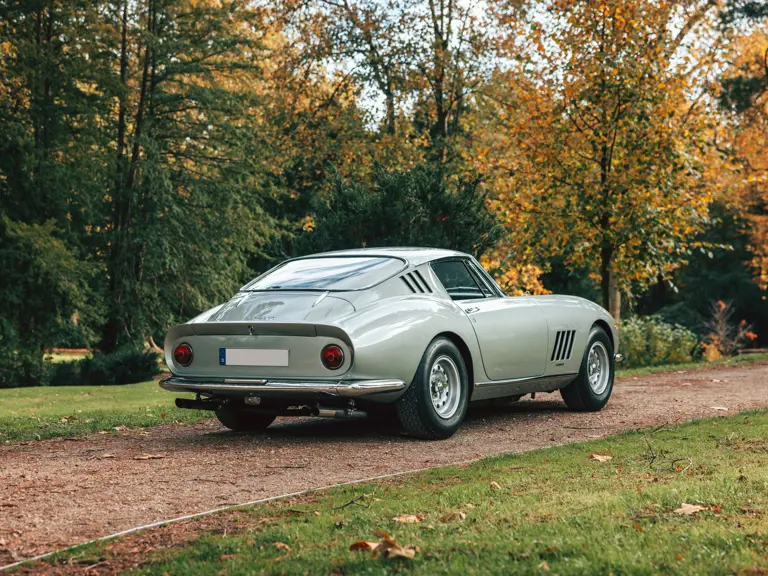
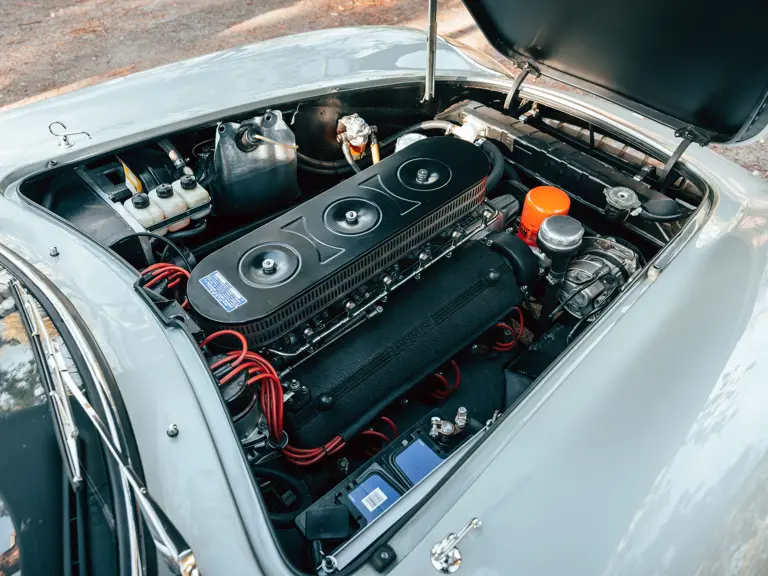




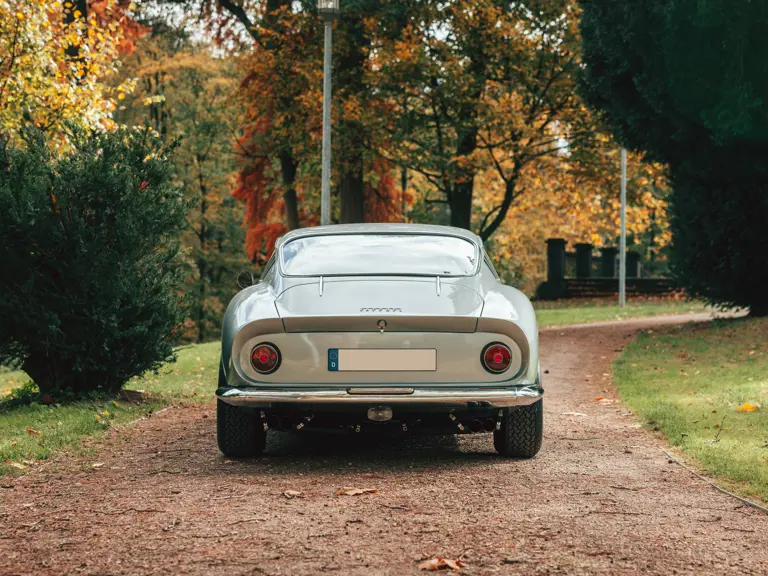

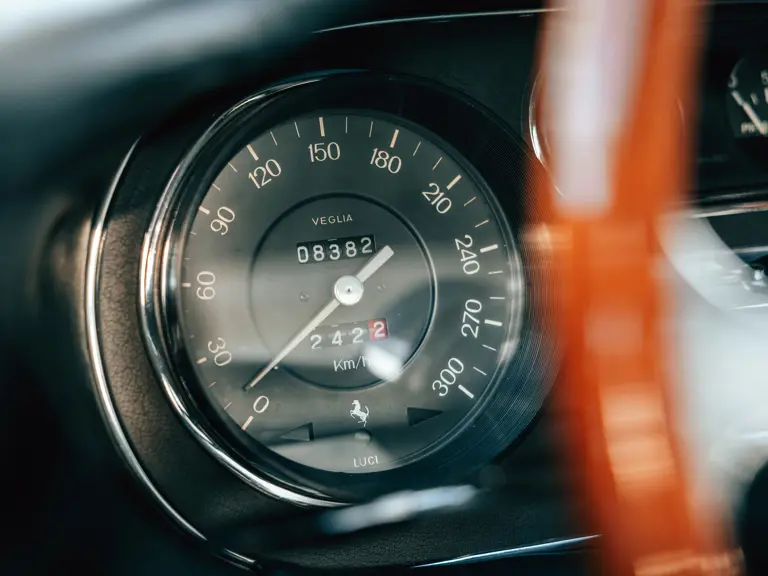

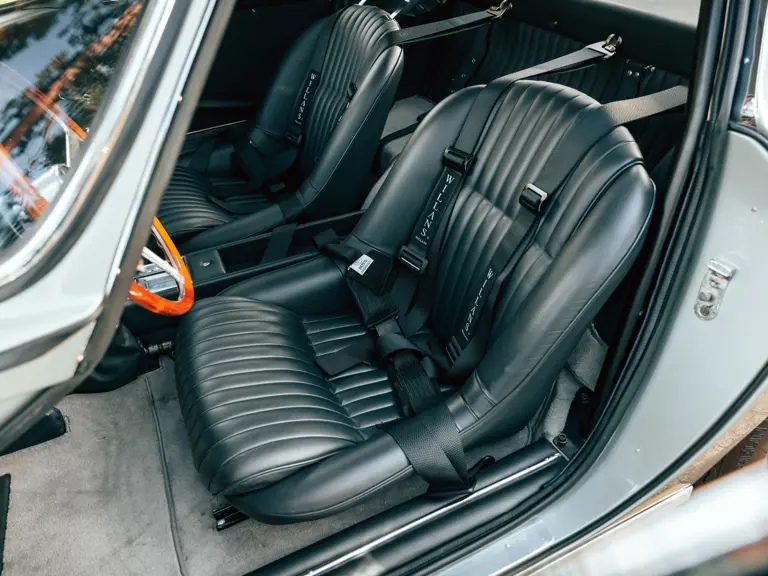


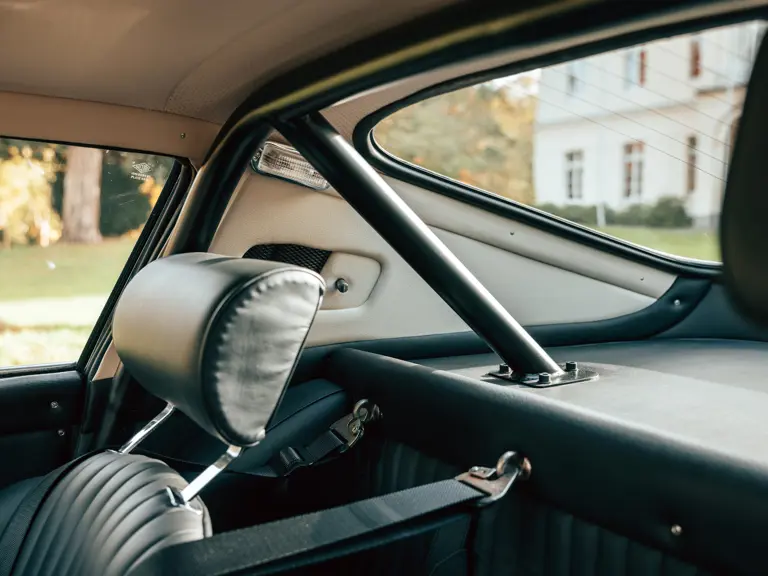

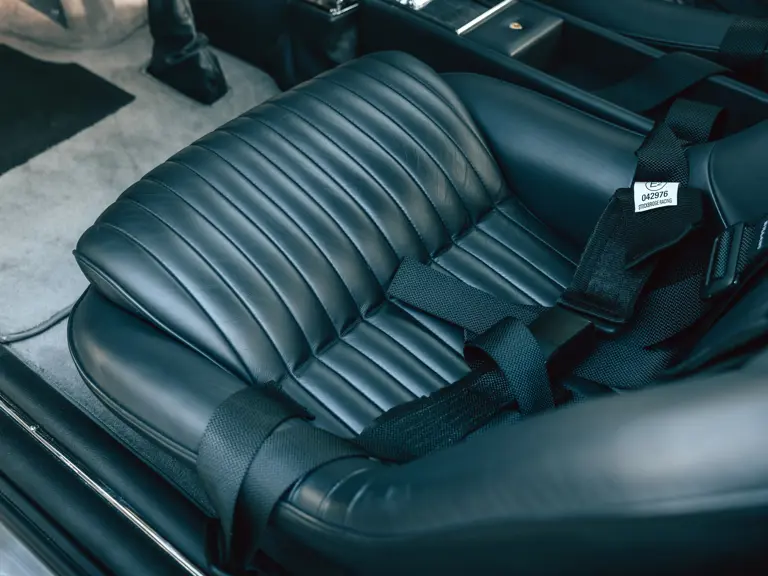


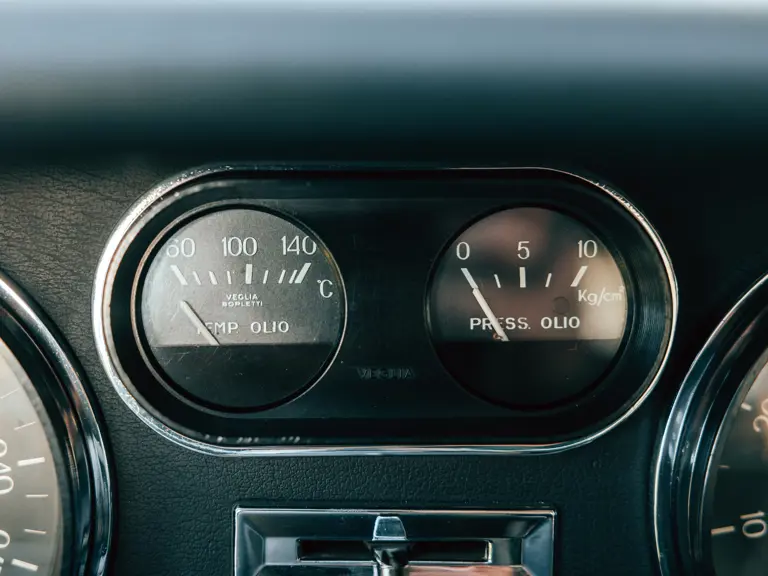
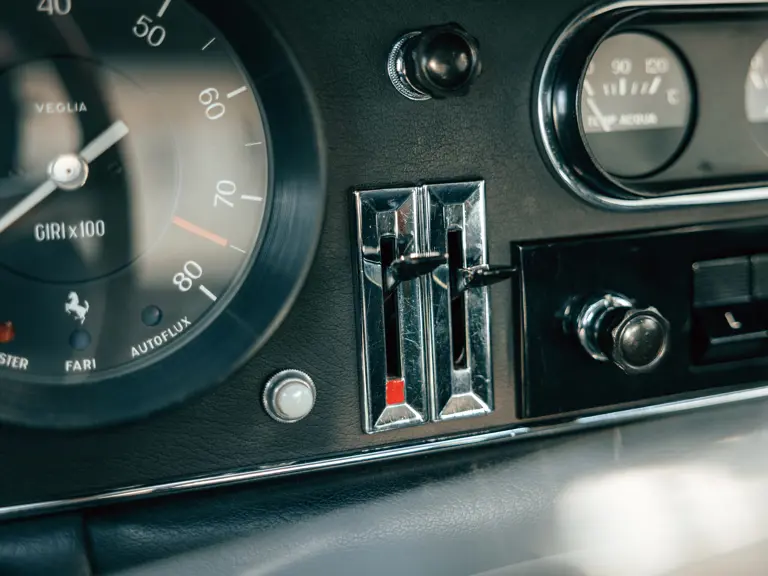

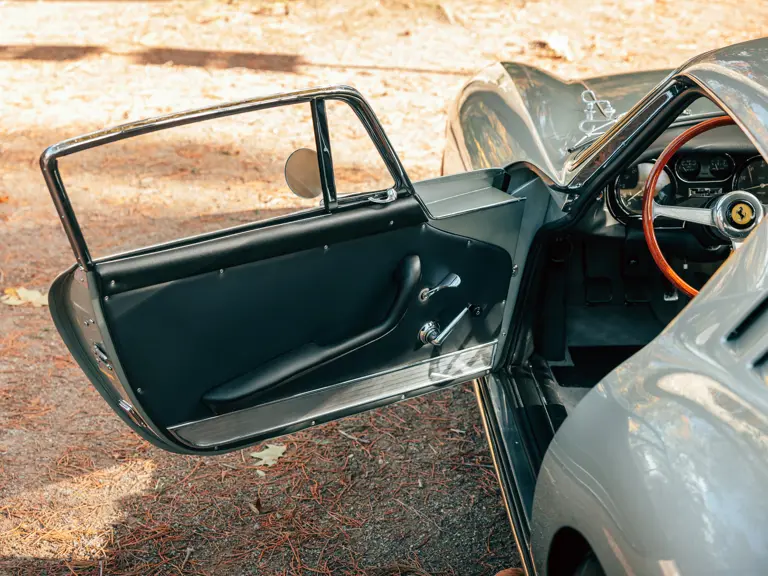
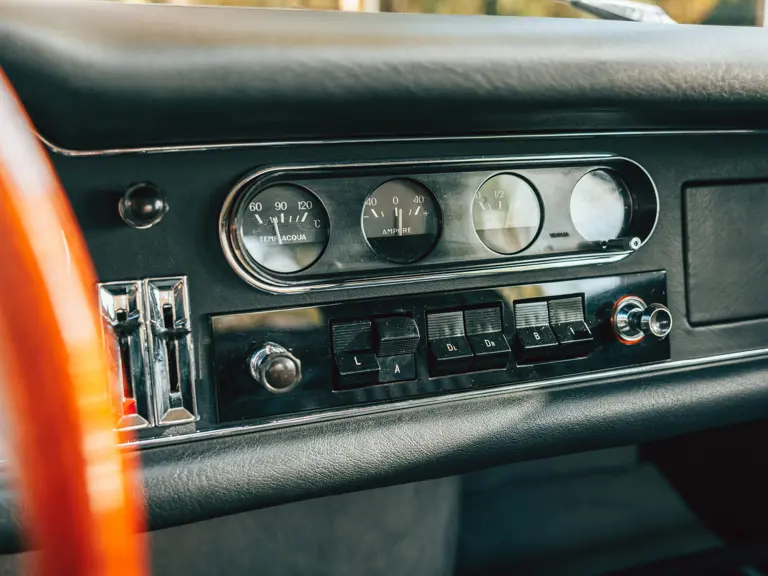
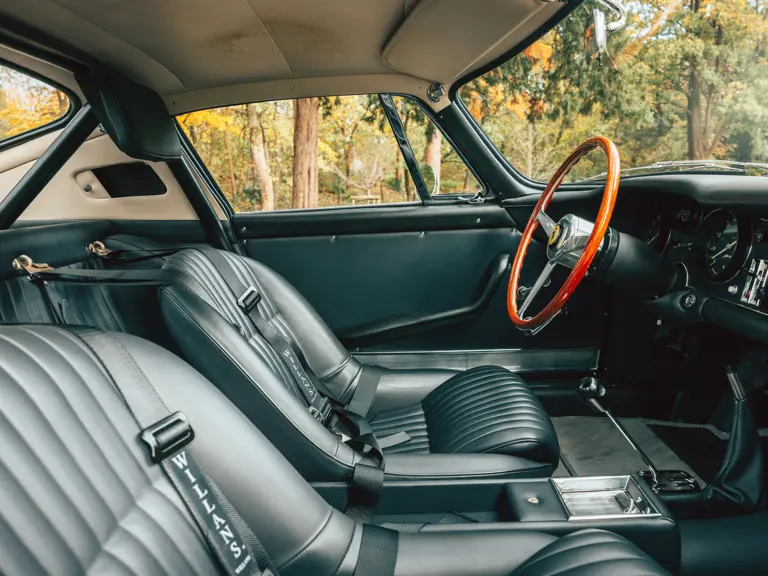

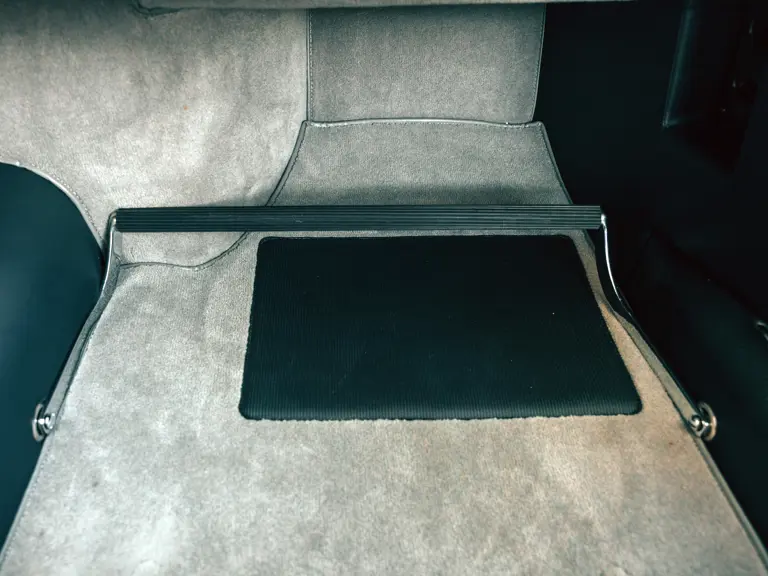


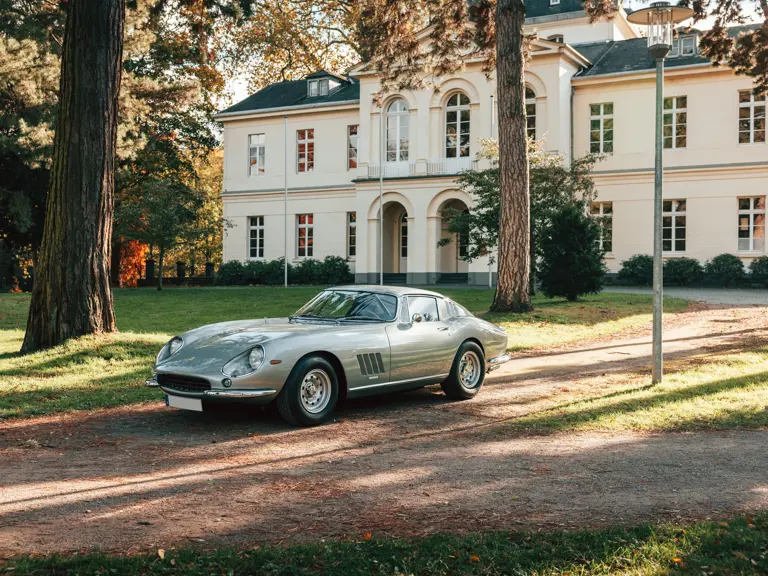



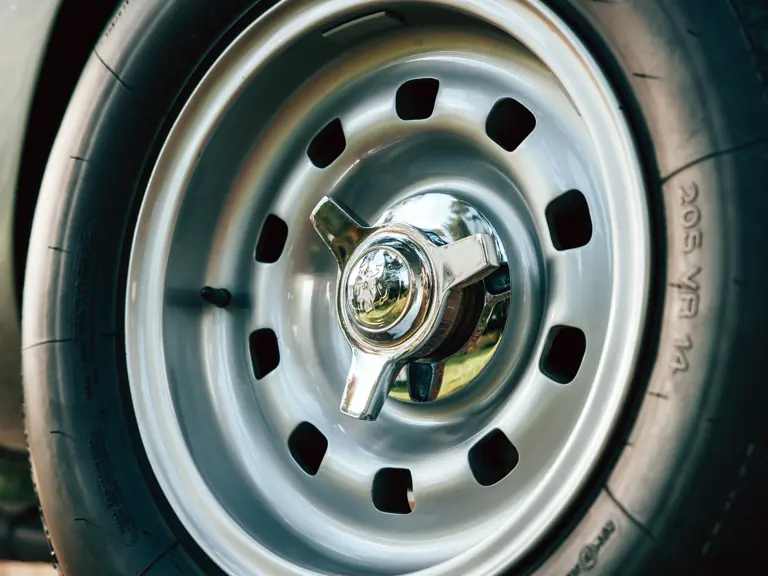
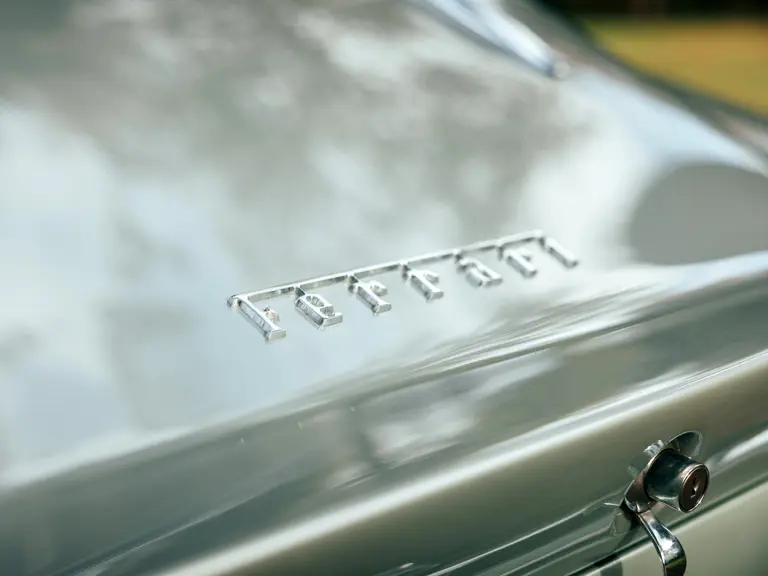

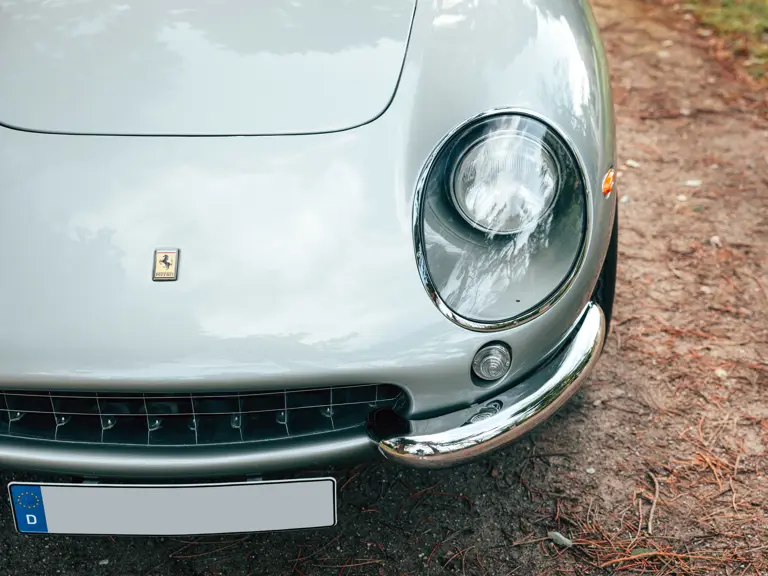
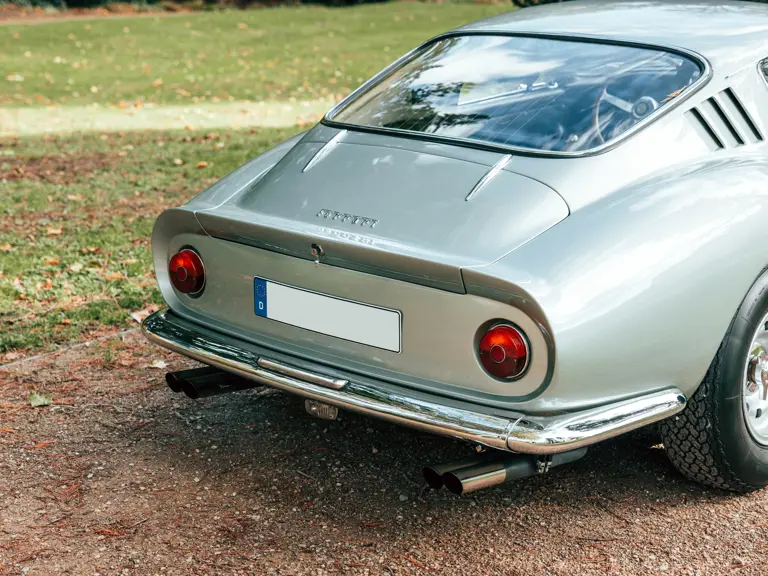

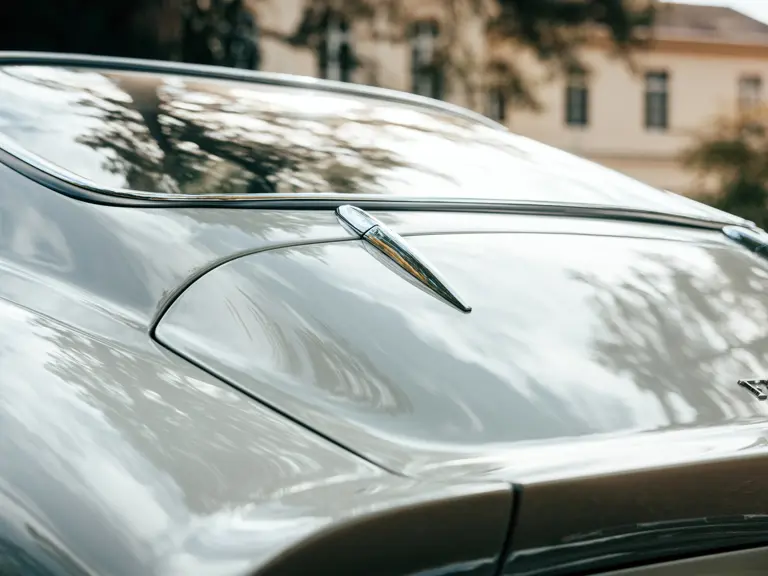
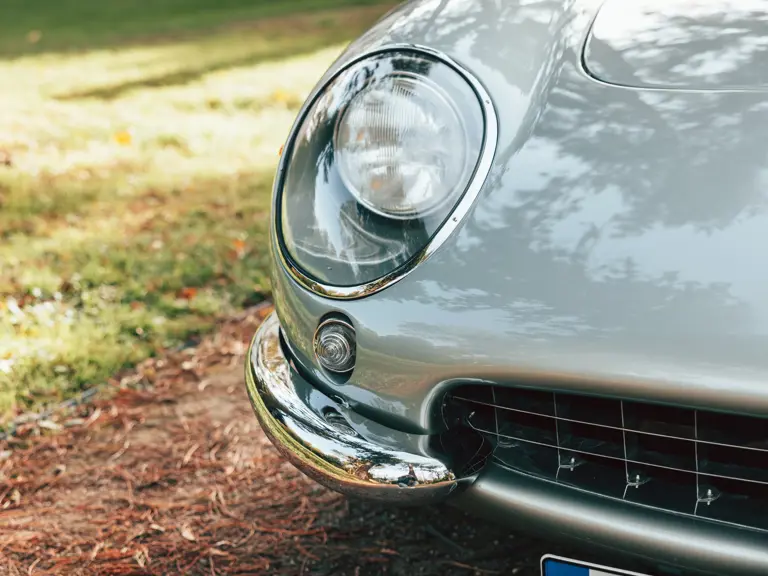
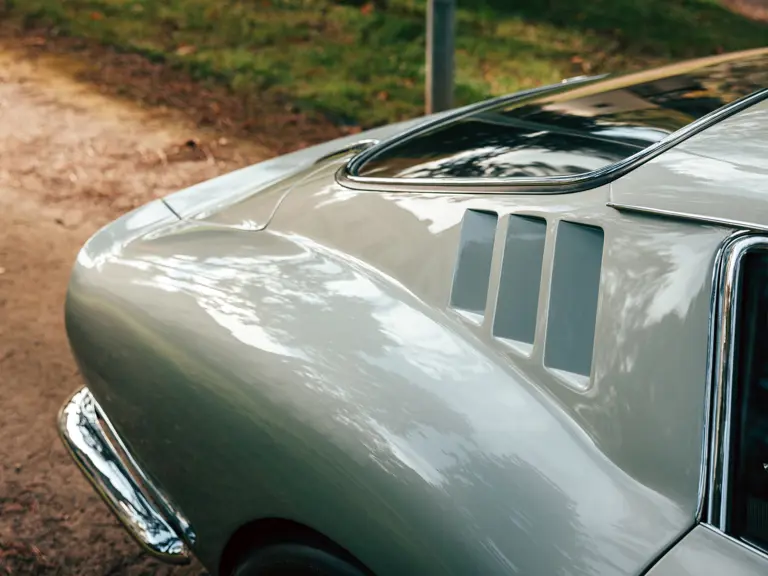


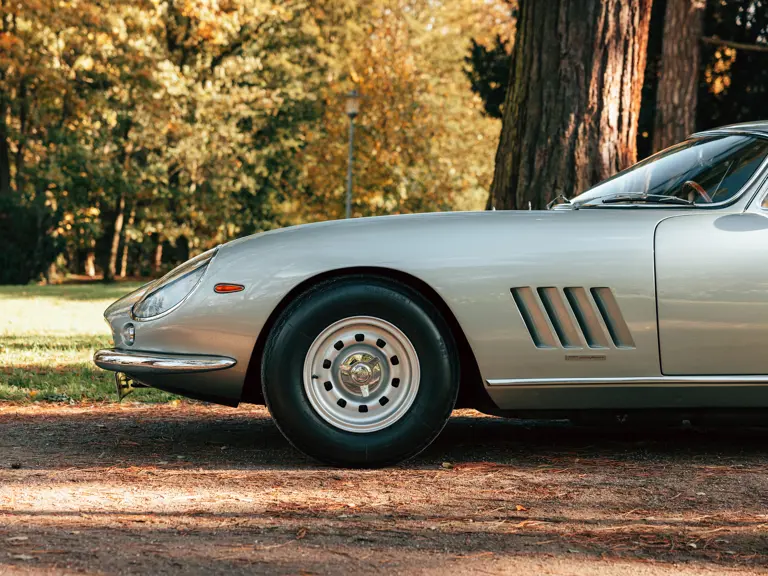
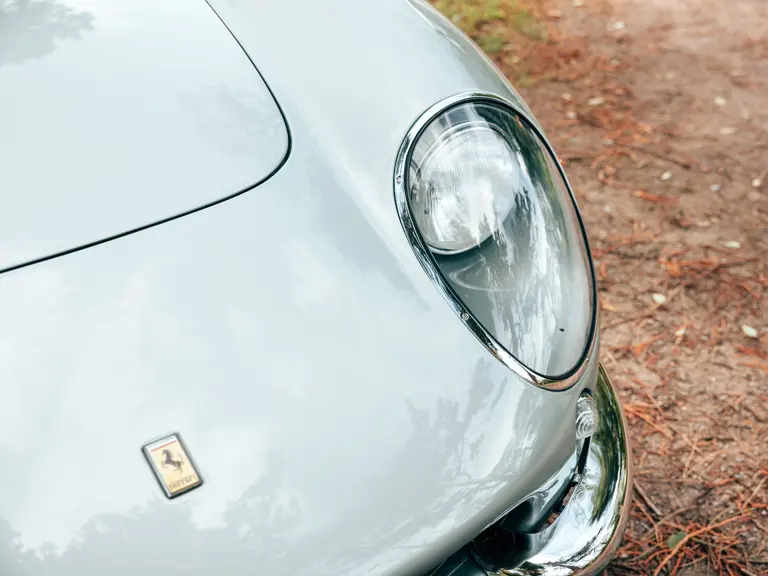
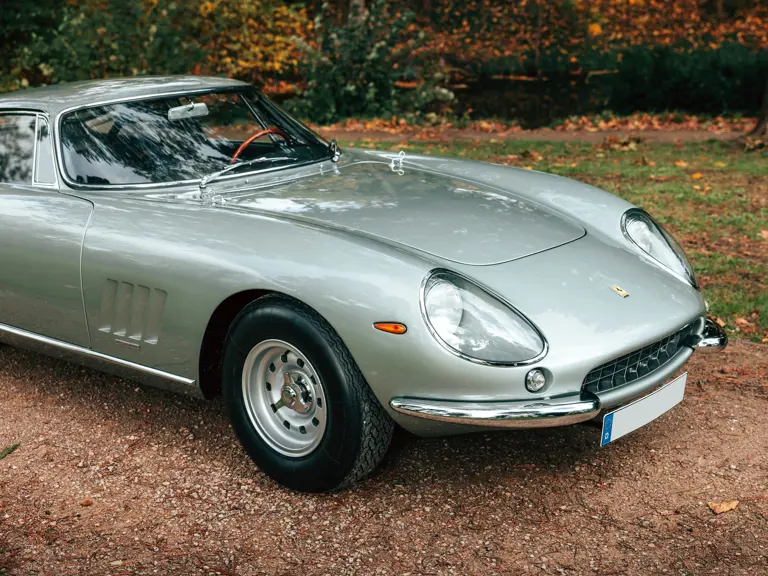
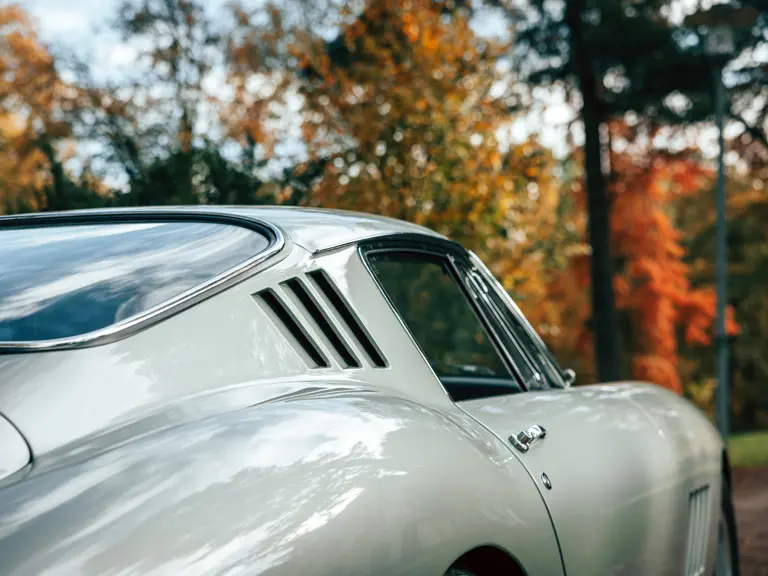
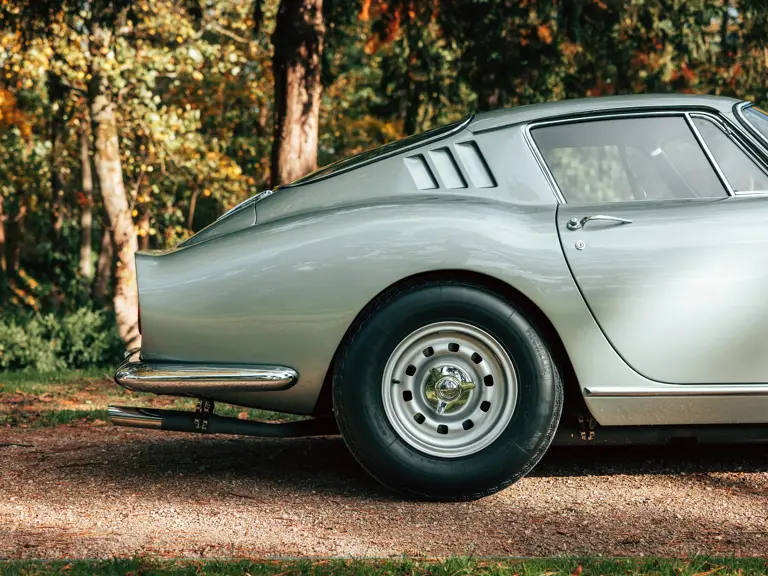

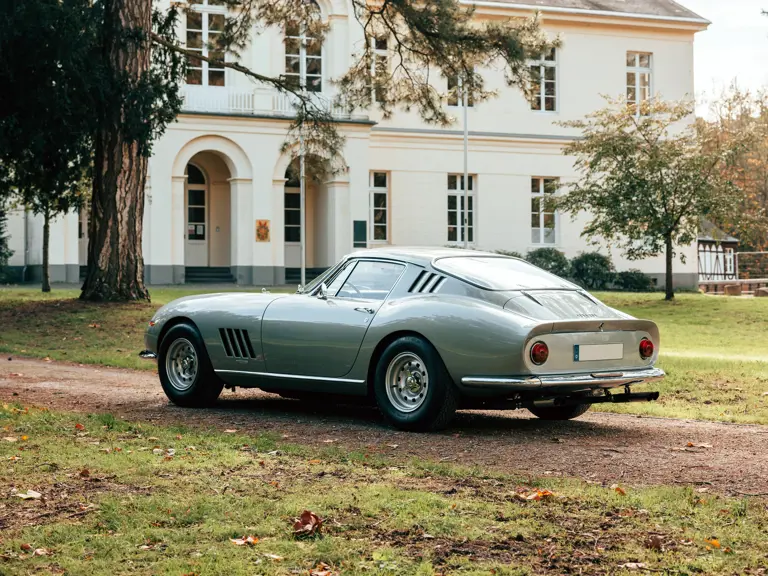
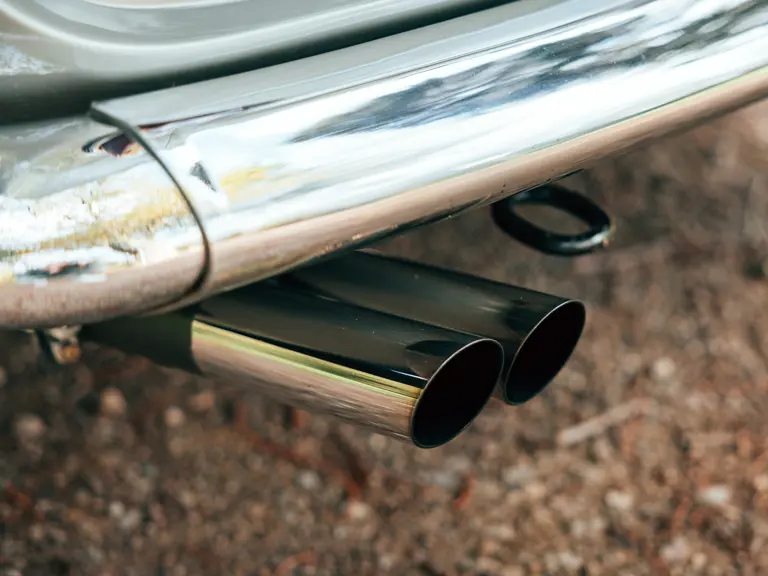

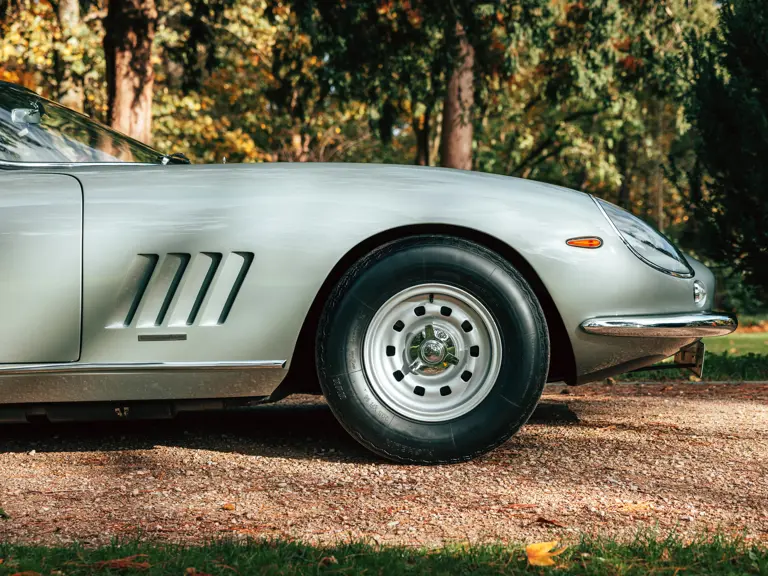
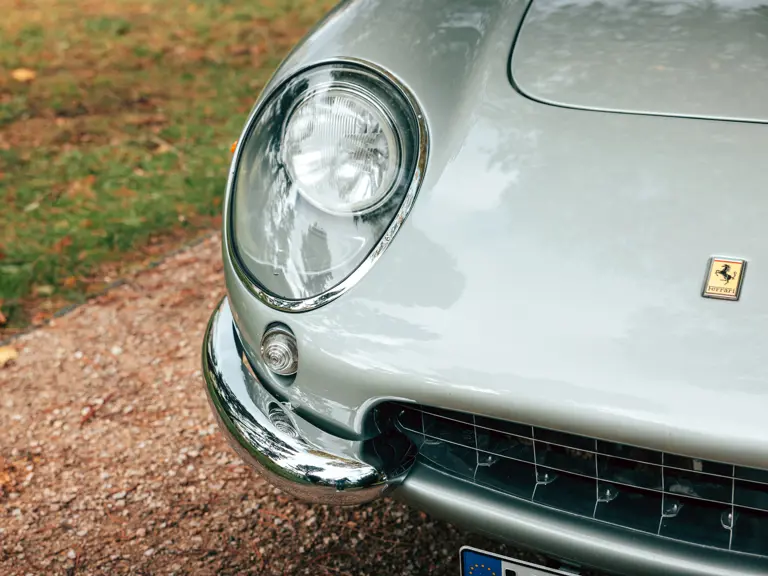

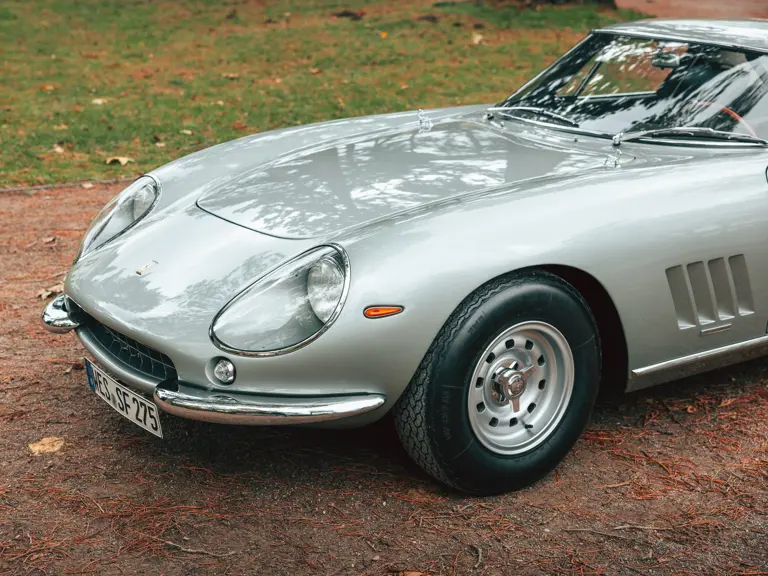
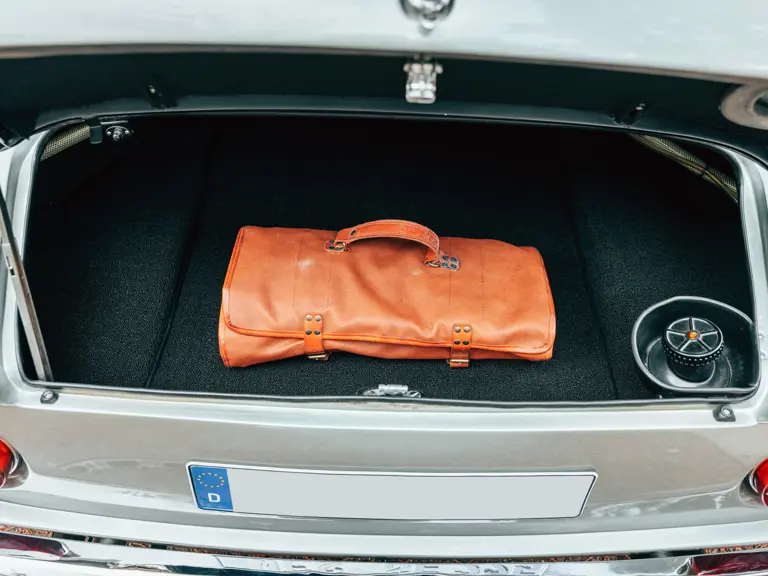
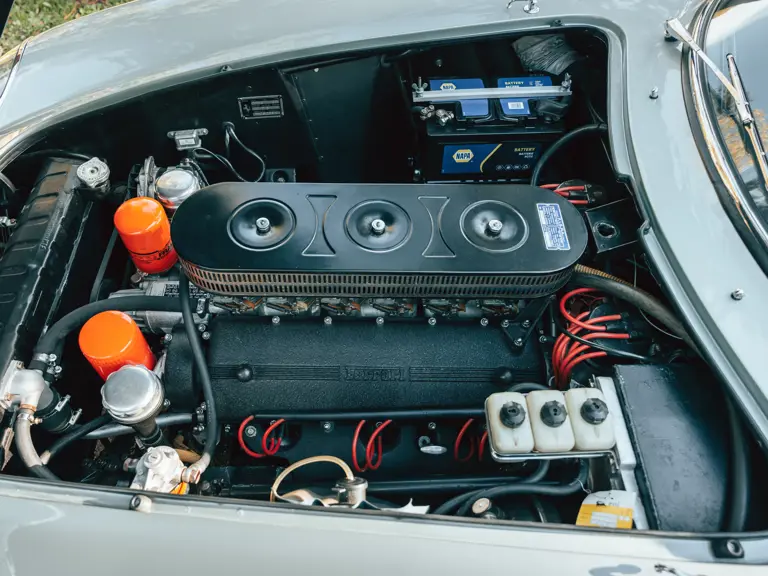
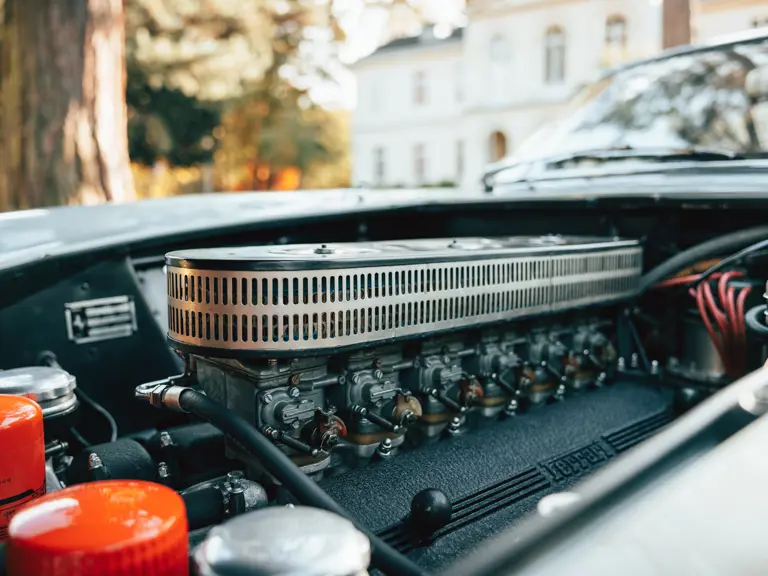

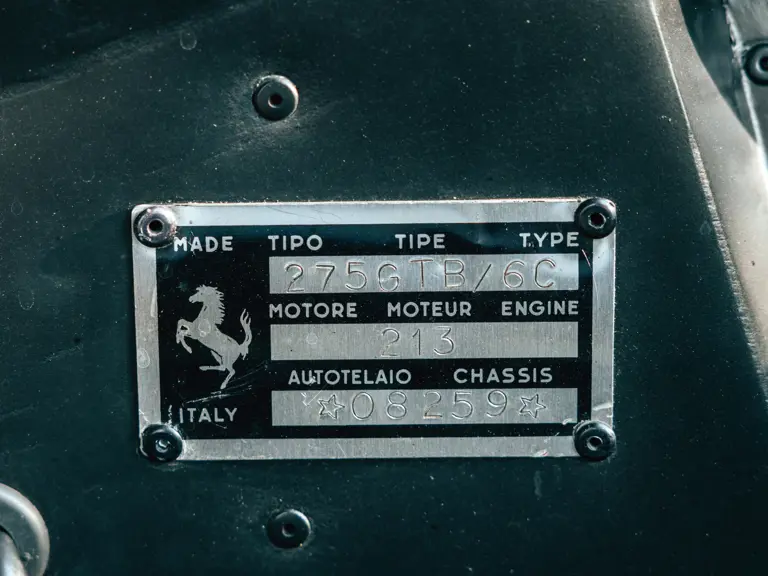
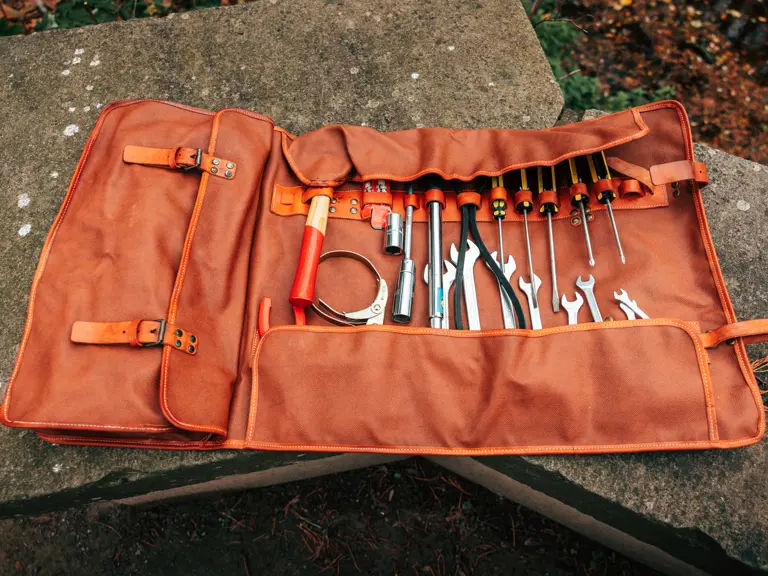
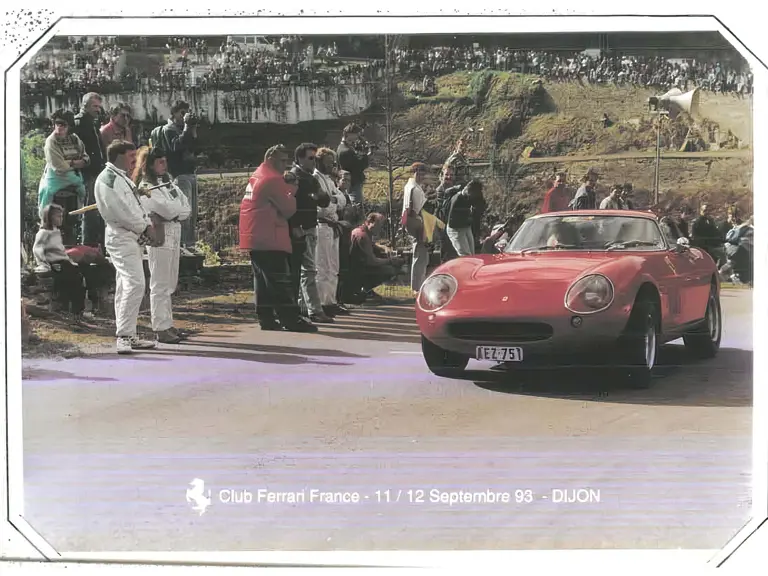

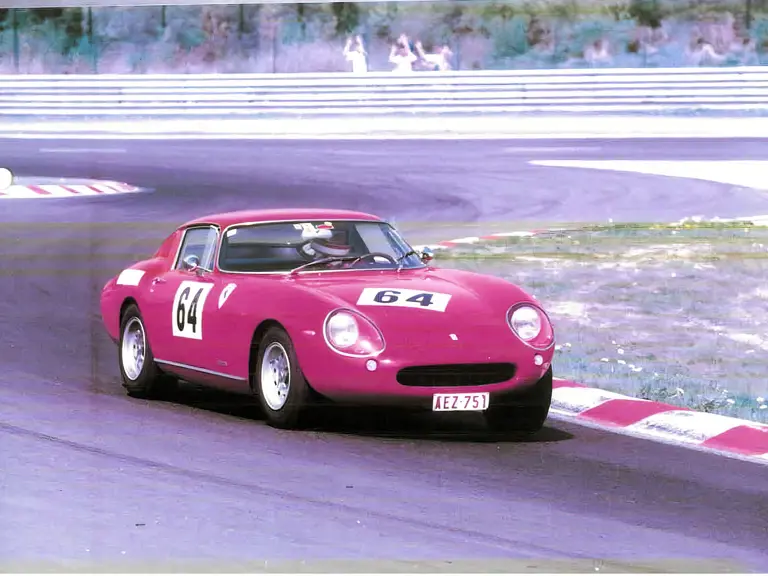
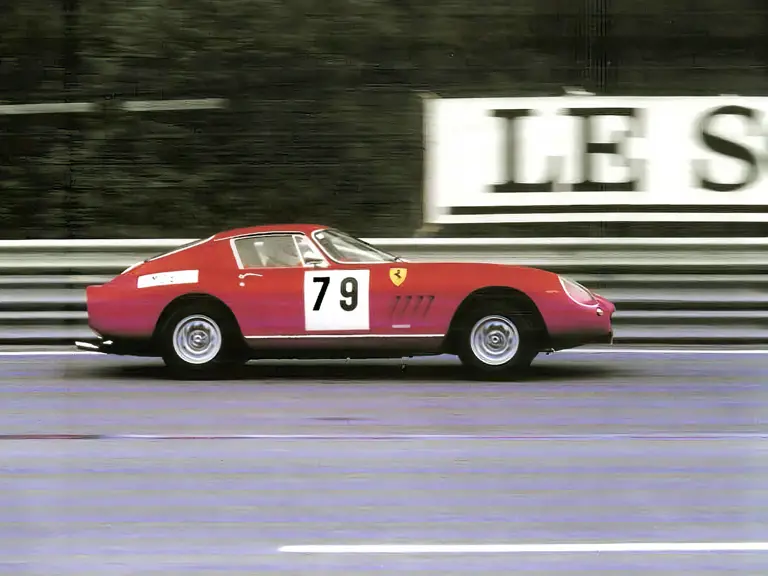
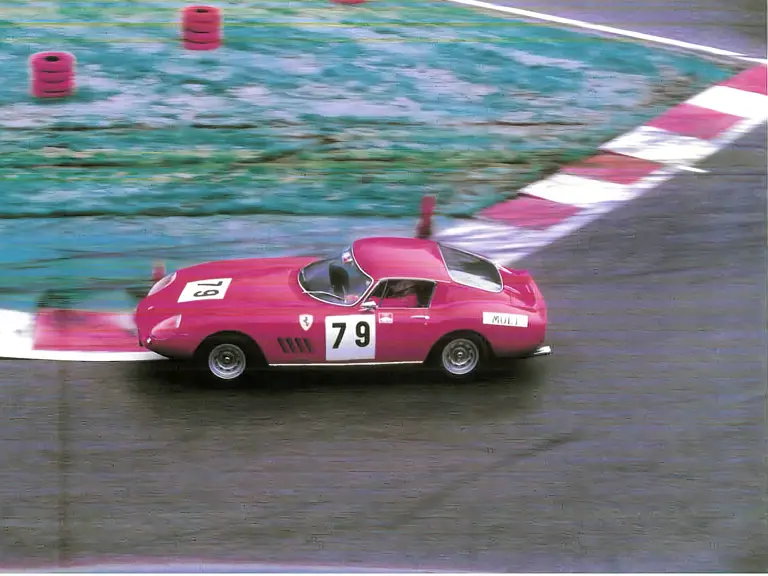
 | Paris, France
| Paris, France
